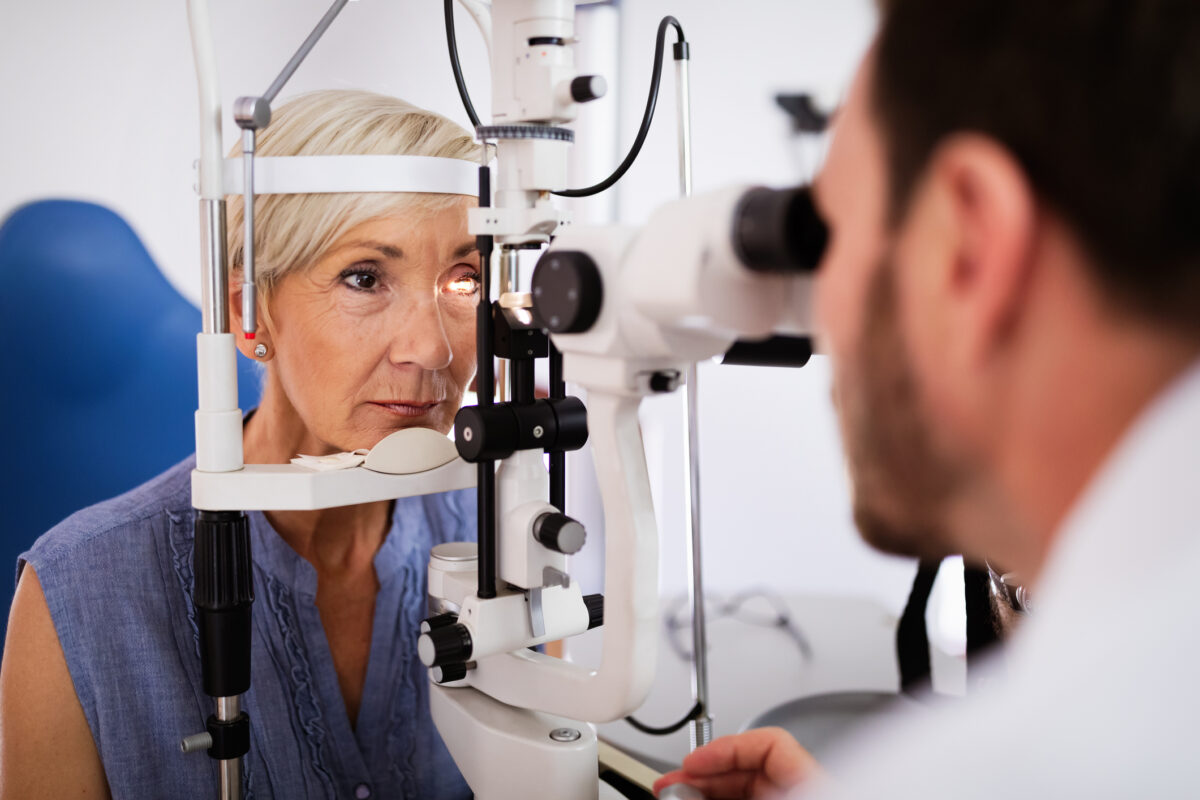As winter approaches, you may feel more down and out than usual. This could be due to a condition known as seasonal affective disorder (SAD).
SAD is a type of depression. It occurs at the same time each year, often during the fall and winter seasons when there’s less natural sunlight.
Seasonal affective disorder impacts up to 3% of the general population. And as Johns Hopkins Medicine reports, it can increase with age.
According to Johns Hopkins, while research hasn’t identified a direct cause of the disorder, it may be linked to vitamin D deficiency, a condition that puts older adults at risk for health issues such as diabetes, cancer, heart disease, and overall poor health. Additionally, SAD symptoms such as trouble sleeping, memory and concentration difficulties, and weight gain can correspond to physical and lifestyle changes associated with aging.
While scientists don’t fully understand the causes of SAD, recognizing its symptoms can help you take preventative action or seek treatment.
What causes SAD?
It’s not clear what causes seasonal affective disorder, but research shows that many people with the condition also have vitamin D deficiency, reduced serotonin activity, and/or excessive melatonin production. This can make it difficult to adapt to changing daylight hours throughout the seasons. SAD isn’t limited to the winter months, either: It’s less common, but some people experience the condition in the spring and summer.
Daylight savings time can also affect how you feel during the winter. When daylight savings time ends, less sunlight means less opportunity for the body to produce vitamin D and encourage serotonin activity. This can exacerbate symptoms of seasonal affective disorder, especially in northern parts of the world with less winter daylight.
What’s the difference between SAD and depression?
Both SAD and depression can cause similar symptoms, but they aren’t exactly the same.
SAD occurs in response to a change in seasons. Symptoms can also vary depending on the severity of the season; people in milder climates may be less likely to experience severe SAD.
Depression, meanwhile, isn’t tied to the seasons. It’s linked to various factors including genetic predisposition and life stressors.
Symptoms of depression can include feelings of sadness, loss of interest in activities, and difficulty sleeping, regardless of the season.
Signs and Symptoms of SAD
If you notice that your mood has changed and you’re feeling down during a seasonal shift, it could be a sign of SAD. Symptoms include feeling sad, hopeless, anxious, and constantly tired.
According to the National Institute of Mental Health, other common symptoms include:
- Feeling stressed
- Feeling fatigued or low energy
- Trouble sleeping or oversleeping
- Loss of interest in activities you used to enjoy
- Changes in appetite or weight (overeating)
- Difficulty concentrating
- Withdrawing from social activity
If you are experiencing any of these symptoms, seek help from your doctor or a mental health professional. They can help you determine if you have SAD and discuss the treatment options available.
Diagnosing SAD
A doctor can diagnose SAD by assessing your symptoms. They may also ask if you have a family history of depression or other mental health conditions.
Sometimes, a doctor may recommend a physical exam to rule out other health conditions.
Treatment for SAD
Fortunately, there are several treatment options to help ease symptoms. These are some of the most common treatments.
Light therapy
Light therapy involves exposure to artificial light for a set period each day. Studies show this can help improve your mood and energy levels and decrease symptoms.
Before purchasing a light therapy lamp, ask your doctor if this method is appropriate for your symptoms.
Antidepressants
Your doctor may prescribe antidepressants to help ease the symptoms of SAD. This could include a prescription for a selective serotonin reuptake inhibitor (SSRI) such as fluoxetine, citalopram, sertraline, paroxetine, or escitalopram.
Psychotherapy
Talking with a therapist can help you understand and manage your thoughts and feelings. Cognitive behavioral therapy (CBT) is one form of therapy used to treat SAD.
CBT helps people identify negative thinking patterns and learn how to change negative thoughts and behaviors. This can help you feel better during the winter months.
Exercise
Studies show that fresh air and regular exercise can help improve your mood and energy levels. So look for ways to exercise outdoors: Just 30 minutes each day can help improve symptoms.
Some exercises include walking, biking, swimming, and yoga. During the winter, make sure you have the right equipment and clothing for outdoor activities. Get the go-ahead from your healthcare provider before starting a new exercise or sport.
Regular exercise can also help you sleep better at night, which could help with SAD symptoms.
Combat SAD This Season
If you think you may have SAD, talk to your doctor to learn about the treatment options. You don’t have to manage your symptoms alone. Treatments such as light therapy, talk therapy, medication, and outdoor exercise can help ease symptoms if SAD strikes.
How do you combat seasonal affective disorder? Share your tips in the comments.
This informational material shall not be considered medical or health advice. You should always consult your health care provider before changing your diet or starting a new exercise regimen. The Hartford assumes no responsibility for any decisions related to your medical or health care. Consult with your health care provider, nutritionist, or other health professional before making any decisions that may impact your health and well-being.







Sad good info to know about.
Thankyou! Very informative, especially with the change in the weather. Exercise has slowed down. Will continue with a healthy diet and keep up socially with my friends. Happy Holidays!
Finally! I thought I was going crazy! I noticed the symptoms for years but finally could put it into context. It is NOT depression and it is NOT bipolar disorder either. Thank you
Dimples, I can truly understand your feelings. When I turned the light out one morning to go catch the 6:10 commuter train that I had caught every day and looked back and saw how dark it was, I took my coat off and waited for the sun to come up. That was the day my life changed. I thought I was loosing it. I started doing research and read books to understand what was happening to me and why. (It didn’t make me feel better but at least I knew I was not alone). It was a struggle and if you have a stressful job, that doesn’t help. Medication, after you ‘try’ various ones when you FINALLY get the right one life returns to some degree of normalcy. But when fall comes and you see a leaf fluttering from a tree, you know it’s coming again! SAD, know you will never be but 90% of the person you once were. But you will learn to live with it.
I think I have SAD. Thanks for the information.
I know how it feels.
The only way I have found to combat my symptoms in the Pacific NW USA Nov-Apr is long term travel to a sunnier place.
RE: Symptoms of SAD ?
When going through college I usually had a 240 watt ( or stronger) , soft white, incandescent bulb on each side of my chair or where I was working.
I had found that INTENSE white light ( non glare ) boosted my energy and helped me function better…year round.
Unfortunately, the designs have changed which added BLUE LIGHT…
NOT GOOD.